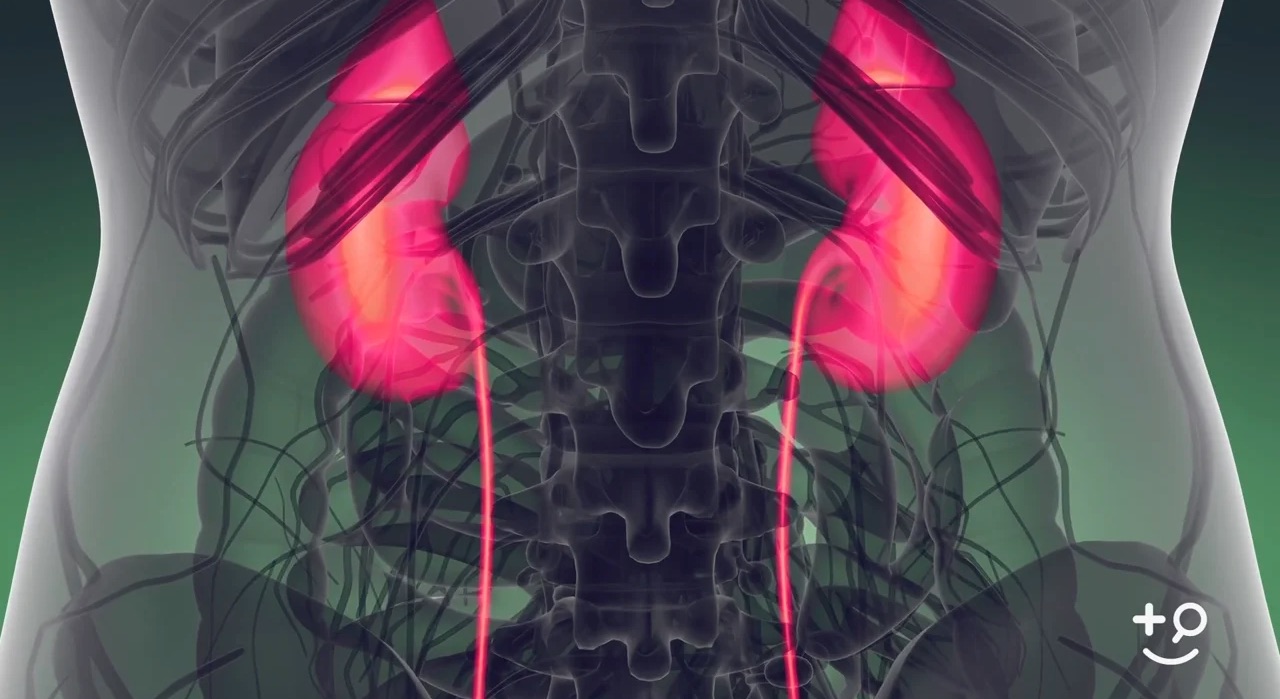Bulking agents are special materials injected into the body to plump up tissues. They are commonly used by plastic surgeons to make lips full and supple, and are also used as fillers to improve the appearance of skin wrinkles and folds. Getting beyond aesthetics and cosmetics, bulking gels can also be used to improve urinary control.
Bulkamid Urethral Bulking System (Contura International, Denmark) is a gel product and administration kit that was FDA approved in 2020 as a treatment for stress urinary incontinence, the involuntary leakage of urine with exercise, sneezing, coughing, etc. Bulkamid is a transparent polyacrylamide gel consisting of 2.5% polyacrylamide and 97.5% water. This system is significantly more user-friendly than previous generations of bulking agents because of the nature of the gel and the well-engineered delivery system. The gel is inert and does not migrate, dissolve, or get broken down by the body.
The procedure of injecting a bulking gel to treat stress incontinence is minimally-invasive (involving no incisions) and can be performed in the office under local anesthesia in 10-15 minutes. It is done under visual control using a small, lighted scope (cystoscope) that is inserted into the urethra (urinary channel leading out from the bladder). The gel material is injected into the tissues surrounding the urethra near the bladder to help tighten the urethra.
One of the advantages of local anesthesia is the ability to have the patient cough to test the effectiveness of the injection. If stress incontinence persists after the initial injections, additional gel can be injected, allowing calibration of the volume of bulking agent to the extent of incontinence.
Side effects include mild pain, temporary inability to urinate, urinary tract infection, and transient bleeding. Activities can be resumed in 24 hours, although it is important to avoid heavy lifting and sexual intercourse for 2 weeks.
A clinical trial demonstrated that about 50% of women had significant improvement in their incontinence 1 year after receiving Bulkamid. Trial participants had at least a 50% reduction in the volume of urine leaked and in the number of times they leaked in a 24-hour period. About 75% of women needed to have the gel injected a second time to achieve satisfactory results.
STRESS URINARY INCONTINENCE (SUI)
Stress urinary incontinence is the unintentional leakage of urine at times of sudden increases in abdominal pressure, typically with coughing, sneezing, laughing, jumping and exercise. It can even occur with walking, changing position from sitting to standing, and during sex. It affects one in three women during their lifetimes, most often young or middle-aged women, although it can happen at any age.
SUI most often occurs because the pelvic floor muscles and connective tissues that support the urethra have weakened and no longer provide an adequate “backboard” of support, a condition called urethral hyper-mobility. At times of sudden increases in abdominal pressure, the urethra becomes pushed out of position and becomes liable to leak. Inciting factors are primarily pregnancy, labor and delivery, particularly traumatic vaginal deliveries of large babies. Additional factors are aging, constipation and repetitive coughing.
SUI may also be caused by a weakened or damaged urethra, a condition known as sphincter dysfunction. Risk factors are aging, menopause, prior pelvic surgery, nerve damage, radiation and pelvic trauma. Compromise of the urethral sphincter causes significant urinary leakage with minimal activities and often results in “gravitational” incontinence that accompanies positional change. In this situation, the sphincter does not provide sufficient closure to pinch the urethra closed. Sphincter dysfunction is akin to a leaky sink because of a brittle washer that has lost its suppleness.
First-line treatment of SUI is typically pelvic floor muscle training (Kegel exercises), the goal of which is to increase pelvic floor muscle strength, power, and endurance to improve urethral support and closure. Kegels can cure or considerably improve 60-70% of women with SUI with the benefits persisting as long as the exercises are adhered to on an ongoing basis. Kegels are most effective in women with mild or mild-moderate SUI.
Urethral Bulking Agents Versus Mid-Urethral Slings
Although the “gold standard” and most effective treatment for SUI (85-90% cure or significant improvement) is a mid-urethral sling, urethral bulking agents are a simpler and less invasive alternative. The effectiveness of urethral bulking agents is less than that of sling surgery and several repeat injections may be required, with the goal of improvement rather than cure. However, bulking gels are minimally invasive, can be done under local anesthesia, do not require the use of a mesh tape, and can be repeated.
Bulking agents are appropriate for the following groups of women:
· Women who wish to avoid surgery
· Women with SUI mainly due to sphincter dysfunction
· Women with SUI who desire to have more children or who wish to defer surgery
· Women after unsuccessful or incompletely successful sling surgery
· Women with mild SUI
· Women who are elderly, frail, or have too many medical issues for anesthesia and sling surgery
· Women with SUI who are on anti-coagulants (blood thinners)
Bottom Line: Bulking agent injections are an alternative to sling surgery in women with stress urinary incontinence who do not desire or cannot tolerate surgery. The Bulkamid gel and delivery kit represents a significant advance over previous iterations of bulking agents.
 Back to Blog Homepage
Back to Blog Homepage
